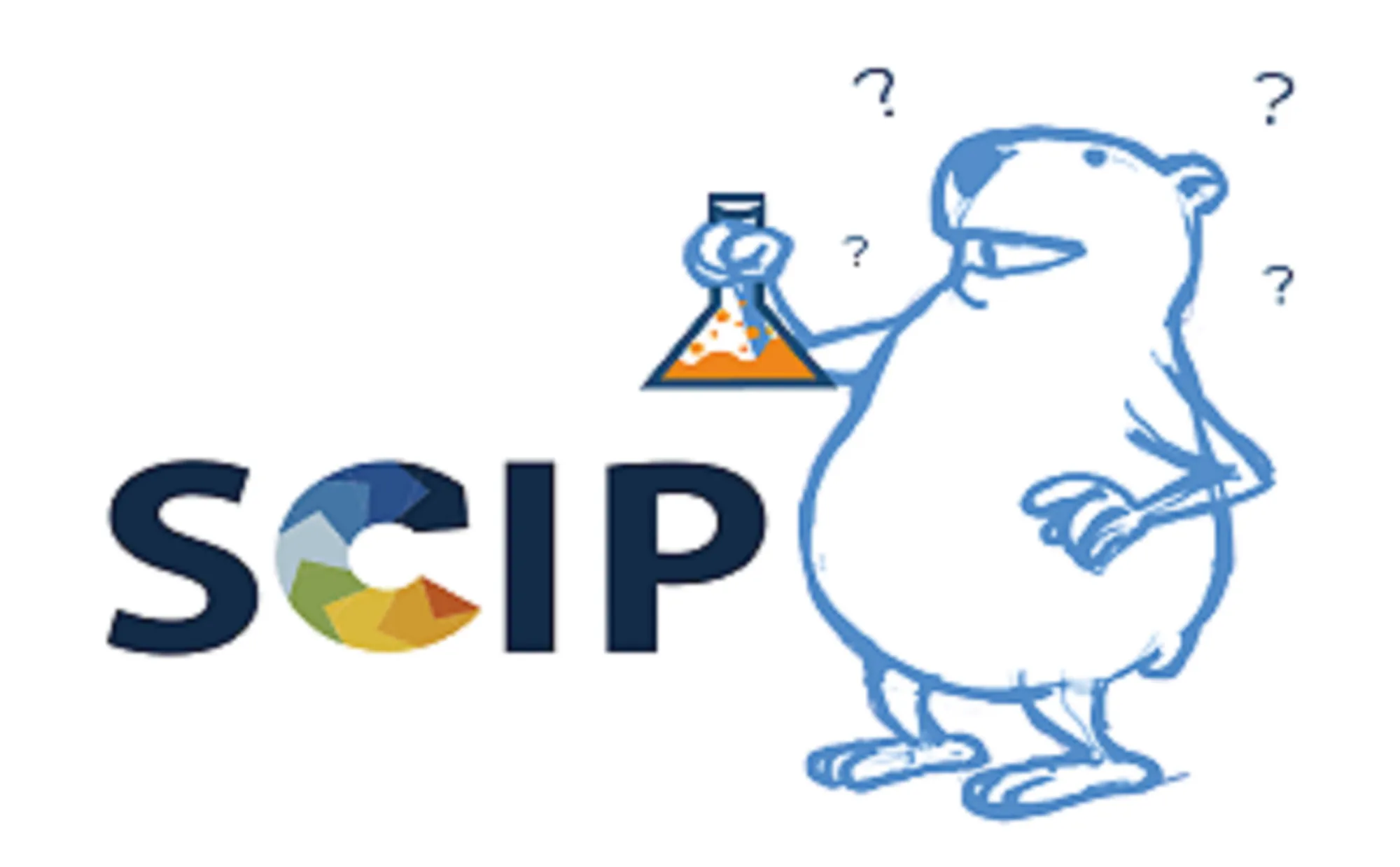
SCIP: what impact on cosmetic products?
An article is defined under REACH as "an object which during production is given a special shape, surface or design which determines its function to a greater degree than does its chemical composition". A cosmetic product, in the sense of the product used by the final consumer (cream, oil, balm or perfume), is therefore not an article. However, the product packaging is considered as an article. .
The Waste Treatment Directive requires companies supplying articles to notify their articles containing SVHC (Substances of Very High Concern) above 0.1% weight/weight on the European platform SCIP (Substances of Concern in Products) since January 5th.
Since cosmetic packagings are articles (indeed, the form of the packaging is more decisive for its function than its composition), manufacturers of cosmetic packagings, but also other players of the cosmetic industry, have to ensure that the SCIP notification has been carried out or that the article does not contain SVHC at more than 0.1% w/w. The traceability of SVHC substances in articles must be ensured throughout the supply chain. It is also important to note that recently, the information on the SCIP portal has been made public to help consumers make responsible consumer choices.
To make this notification, you must first determine whether your article contains SVHC at more than 0.1% weight by weight. This will require regular contact with your employers to collect certificates of compliance where applicable. If your article contains SVHCs, you will need to notify ECHA via the SCIP portal.
To do this, you will need to fill in the database with:
- Identification of your article,
- The name, concentration and location of the SVHC substances present in the article,
- Other information that allows for safe use, such as waste disposal.
SCIP and SVHCs: the regulatory context

The SCIP database has its origin in the 2008 Waste Framework Directive (2008/98/EC). SCIP is part of the objective to develop a circular economy in Europe.
The database allows the traceability of substances of very high concern in articles and complex articles, from their design to their transformation into waste. The objective is threefold:
- reduce hazardous substances in waste,
- encourage the substitution of these substances
- ensure that these substances are not present in the recycled materials.
This database has recently been made public, and it also serves to encourage consumers to make choices with greater transparency.
It is also important to keep in mind that the SCIP notification must be updated in the following cases:
- a change in the regulation that results in the mandatory submission of updated information, in particular when a substance in an article is included in the Candidate List
- a change in the composition of a complex object, in terms of components and subcomponents incorporating articles as such containing substances on the Candidate List
- a request from a Member State authority to submit additional information to a SCIP notification. For example, if the information submitted does not ensure compliance with the SCIP notification obligation
- any change that the notifier considers relevant to update a SCIP notification on a voluntary basis. For example, if a substance on the Candidate List contained in an article has been replaced by a safer alternative
Do you want to know more about SCIP?

For more information, do not hesitate to contact Christian Freneuil or one of our experts !
SCIP: what impact on cosmetic products?
An article is defined under REACH as "an object which during production is given a special shape, surface or design which determines its function to a greater degree than does its chemical composition". A cosmetic product, in the sense of the product used by the final consumer (cream, oil, balm or perfume), is therefore not an article. However, the product packaging is considered as an article. .
The Waste Treatment Directive requires companies supplying articles to notify their articles containing SVHC (Substances of Very High Concern) above 0.1% weight/weight on the European platform SCIP (Substances of Concern in Products) since January 5th.
Since cosmetic packagings are articles (indeed, the form of the packaging is more decisive for its function than its composition), manufacturers of cosmetic packagings, but also other players of the cosmetic industry, have to ensure that the SCIP notification has been carried out or that the article does not contain SVHC at more than 0.1% w/w. The traceability of SVHC substances in articles must be ensured throughout the supply chain. It is also important to note that recently, the information on the SCIP portal has been made public to help consumers make responsible consumer choices.
To make this notification, you must first determine whether your article contains SVHC at more than 0.1% weight by weight. This will require regular contact with your employers to collect certificates of compliance where applicable. If your article contains SVHCs, you will need to notify ECHA via the SCIP portal.
To do this, you will need to fill in the database with:
- Identification of your article,
- The name, concentration and location of the SVHC substances present in the article,
- Other information that allows for safe use, such as waste disposal.
SCIP and SVHCs: the regulatory context

The SCIP database has its origin in the 2008 Waste Framework Directive (2008/98/EC). SCIP is part of the objective to develop a circular economy in Europe.
The database allows the traceability of substances of very high concern in articles and complex articles, from their design to their transformation into waste. The objective is threefold:
- reduce hazardous substances in waste,
- encourage the substitution of these substances
- ensure that these substances are not present in the recycled materials.
This database has recently been made public, and it also serves to encourage consumers to make choices with greater transparency.
It is also important to keep in mind that the SCIP notification must be updated in the following cases:
- a change in the regulation that results in the mandatory submission of updated information, in particular when a substance in an article is included in the Candidate List
- a change in the composition of a complex object, in terms of components and subcomponents incorporating articles as such containing substances on the Candidate List
- a request from a Member State authority to submit additional information to a SCIP notification. For example, if the information submitted does not ensure compliance with the SCIP notification obligation
- any change that the notifier considers relevant to update a SCIP notification on a voluntary basis. For example, if a substance on the Candidate List contained in an article has been replaced by a safer alternative
Do you want to know more about SCIP?

For more information, do not hesitate to contact Christian Freneuil or one of our experts !




.png)


